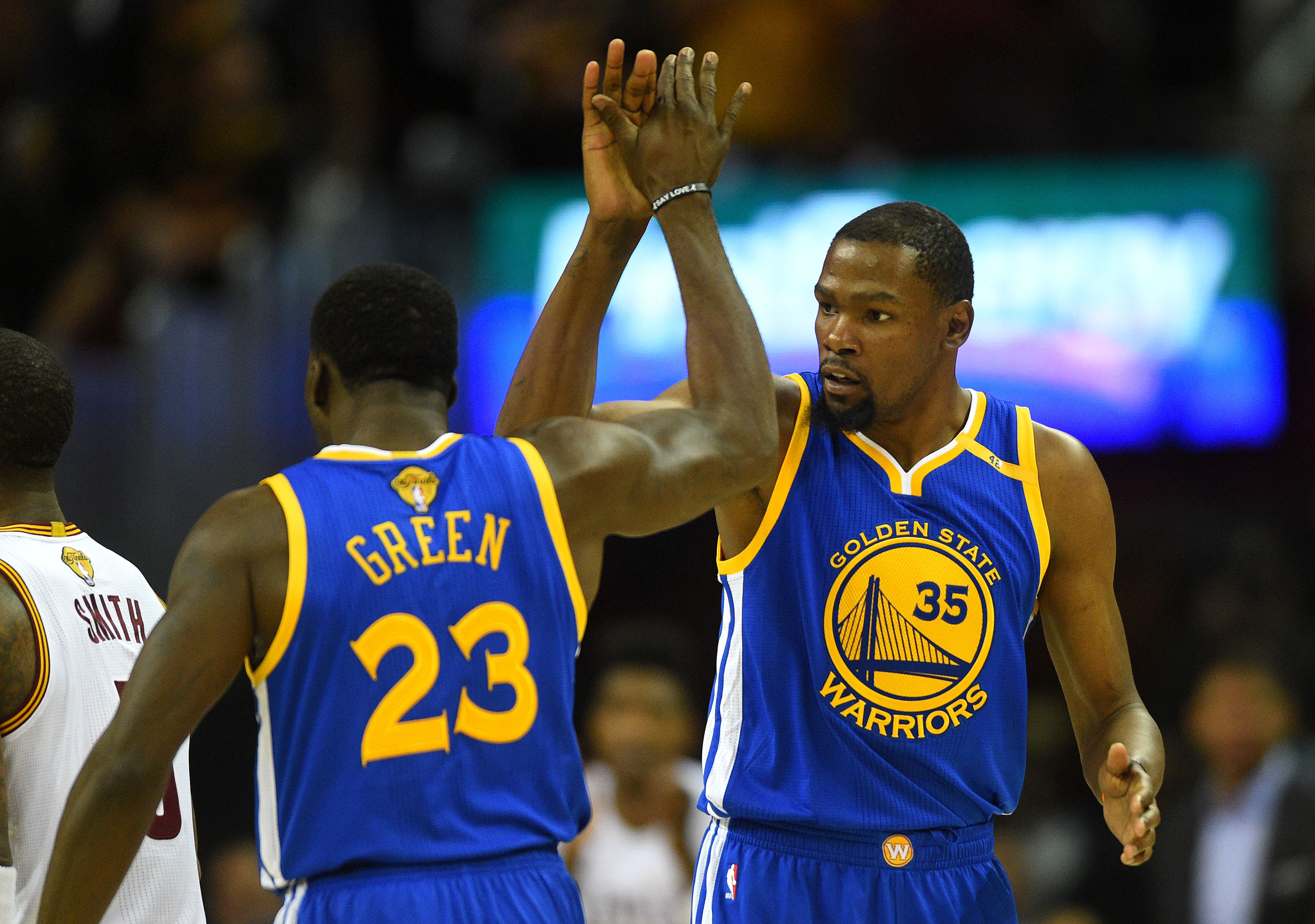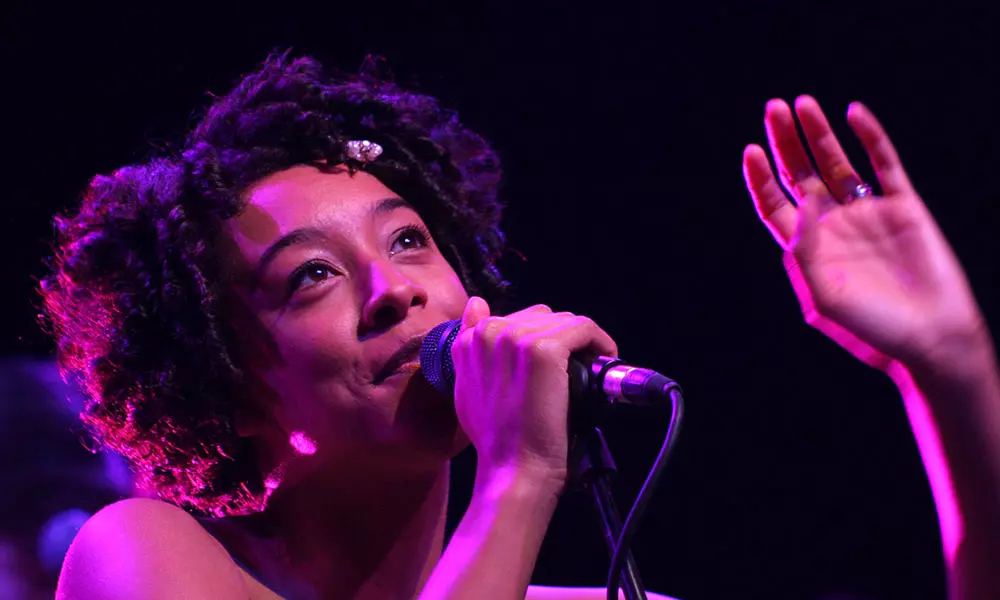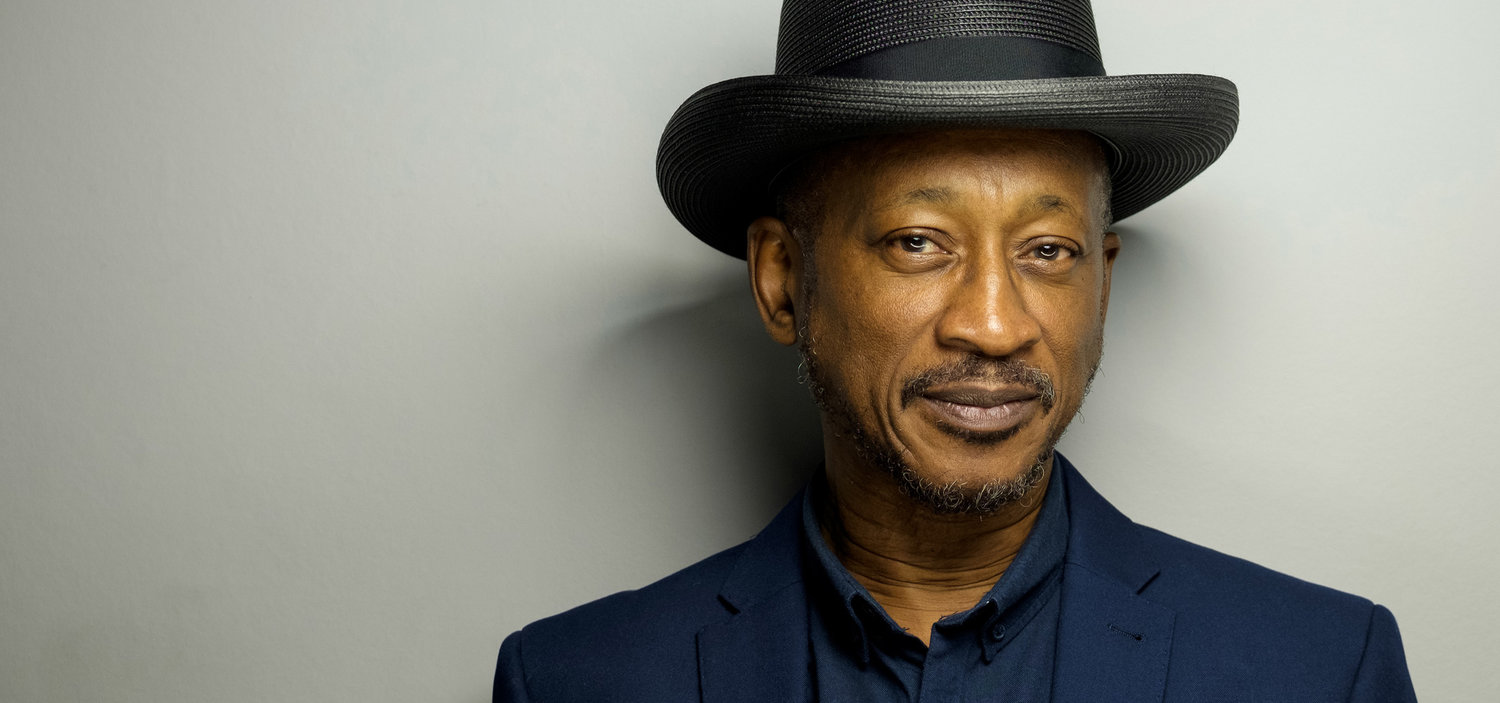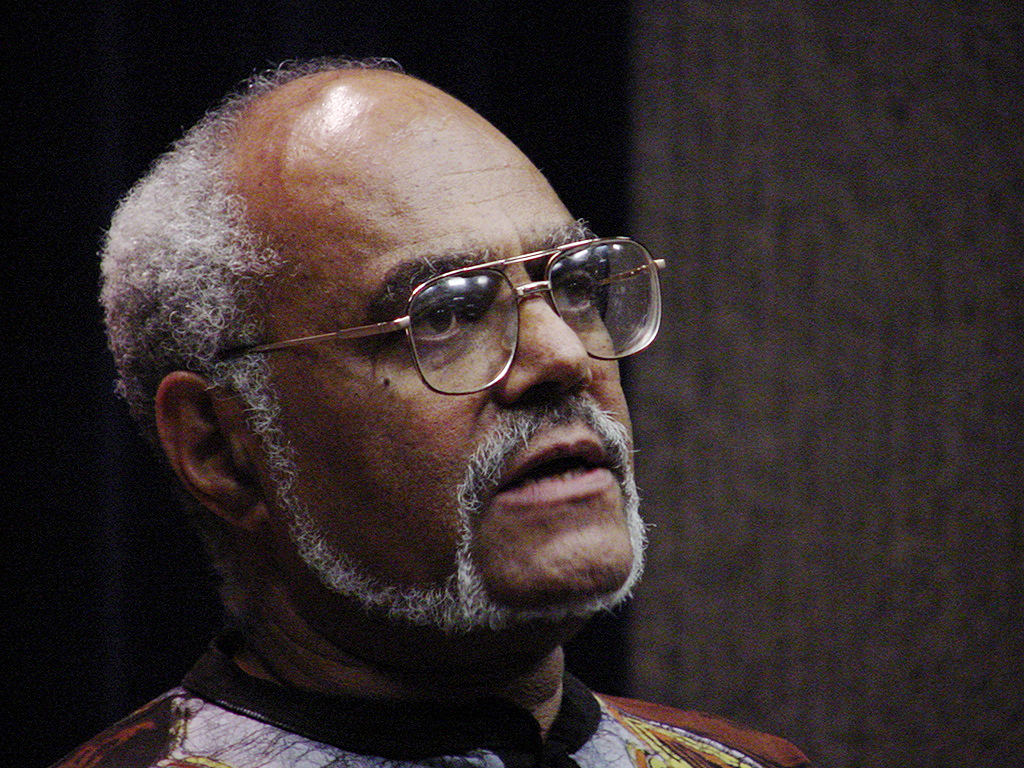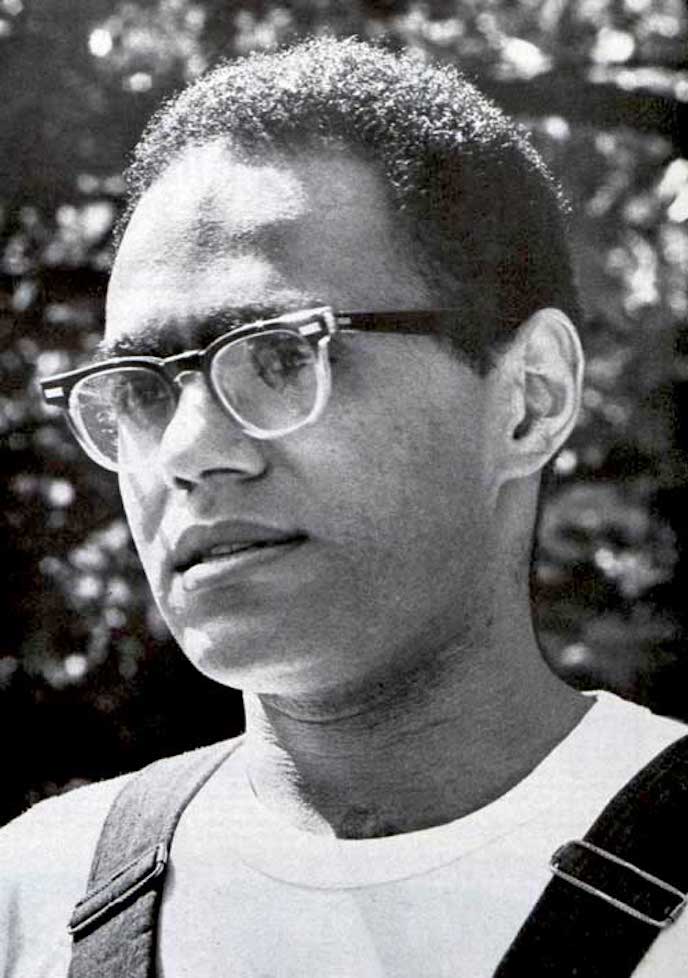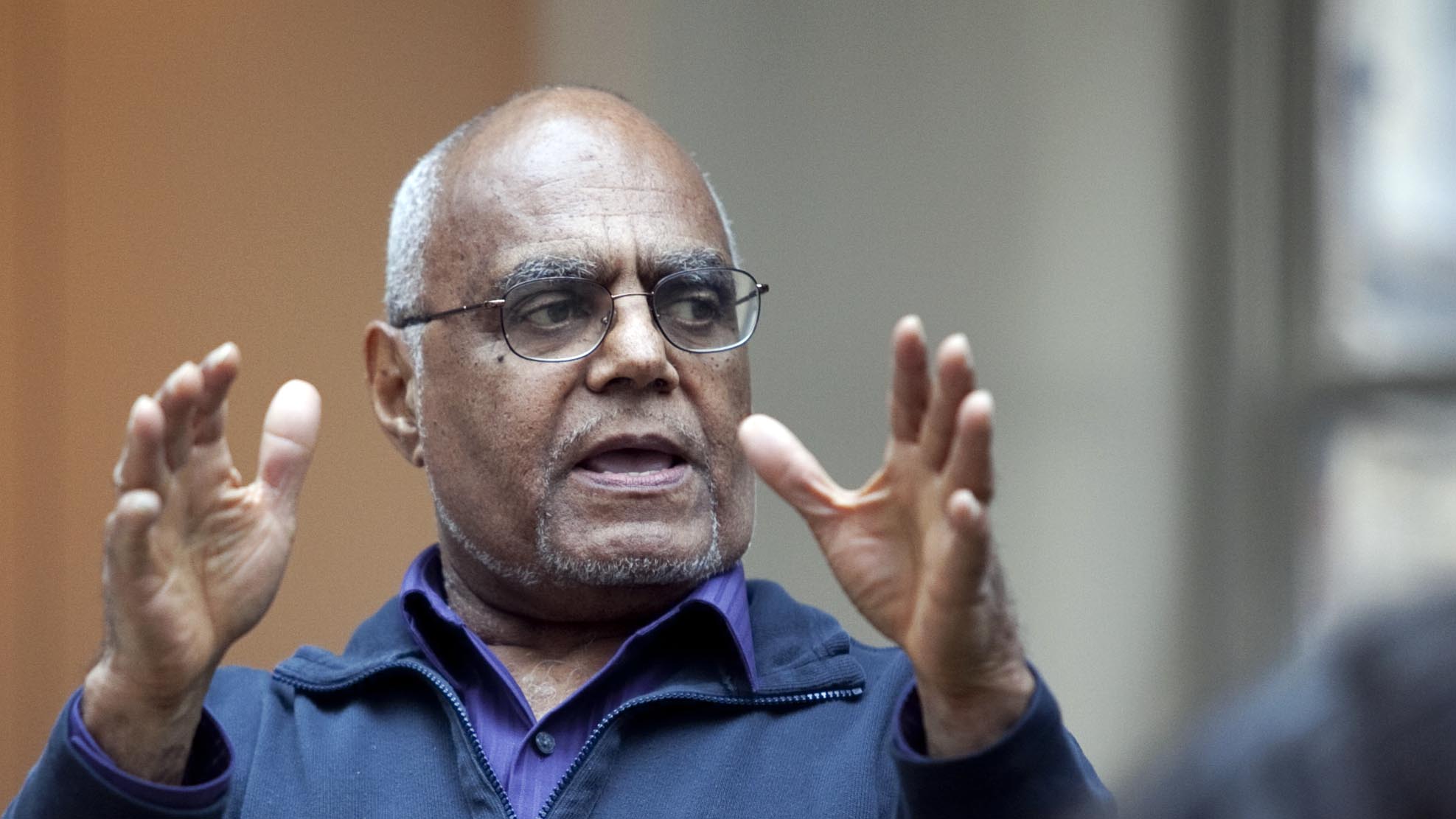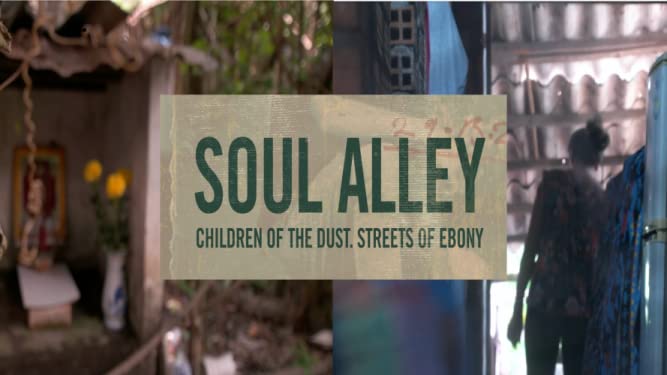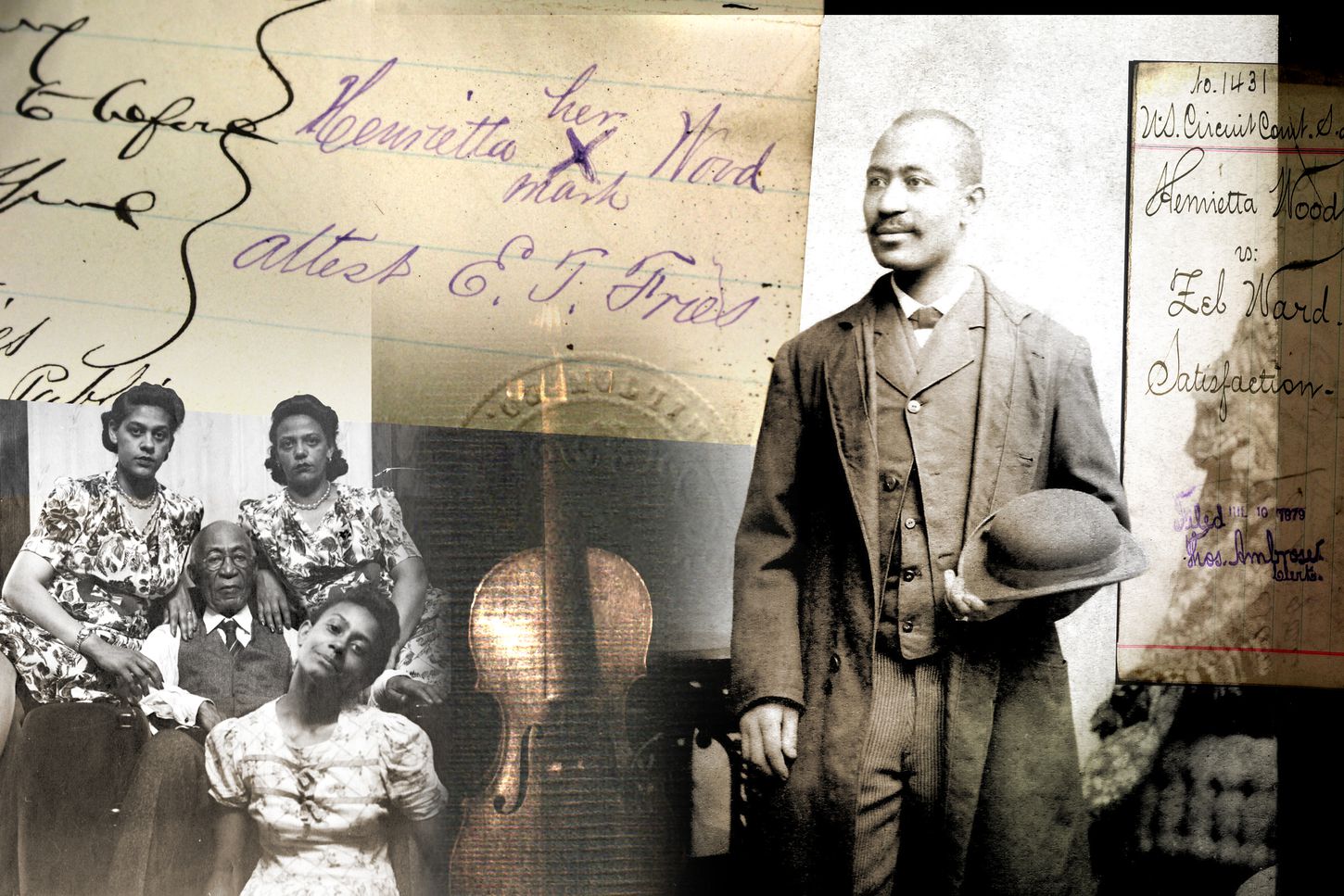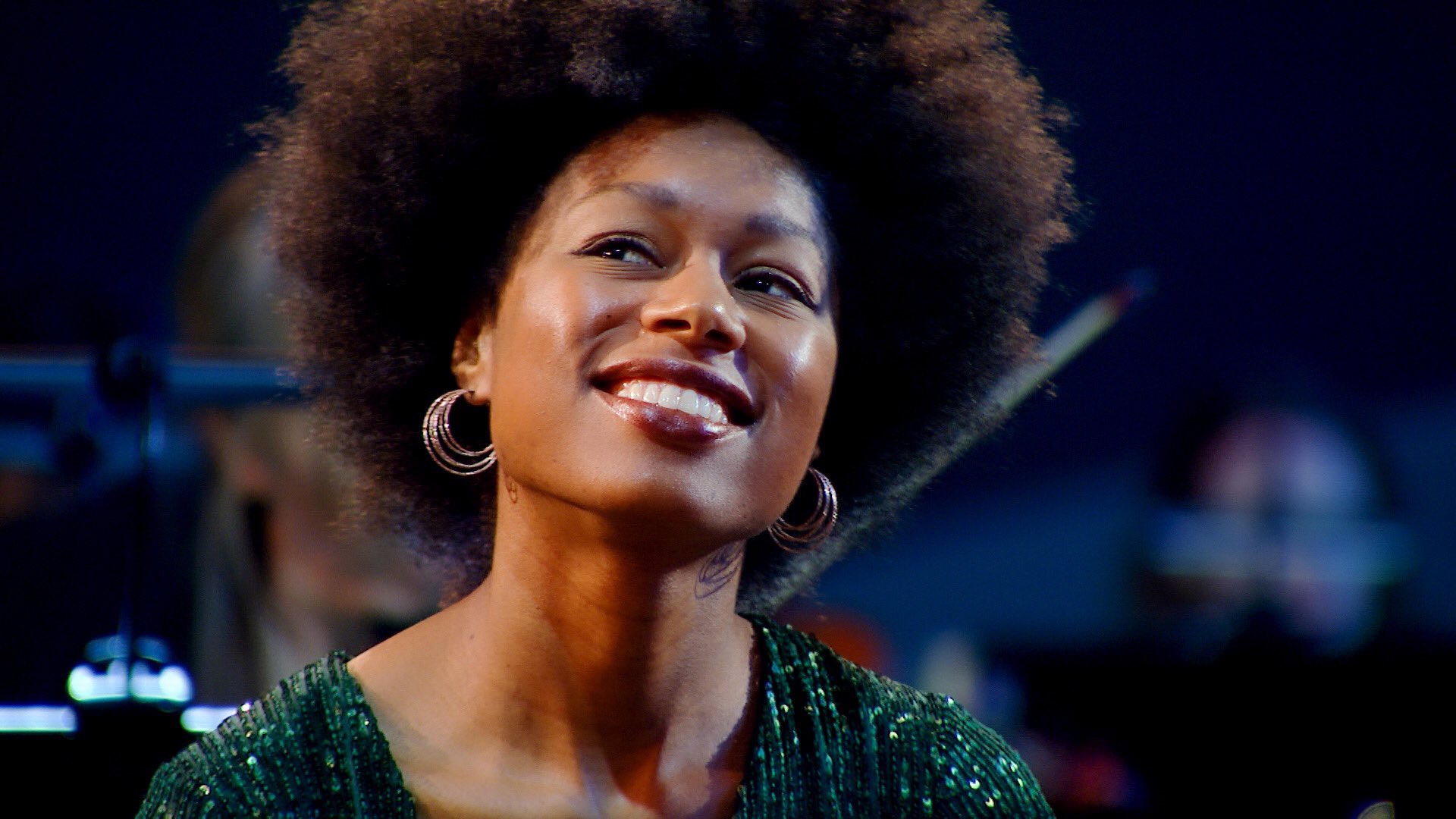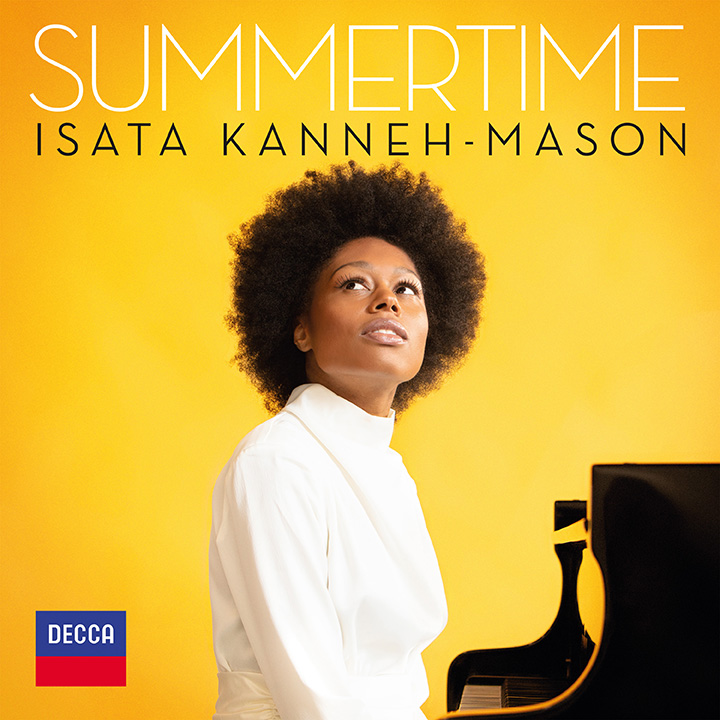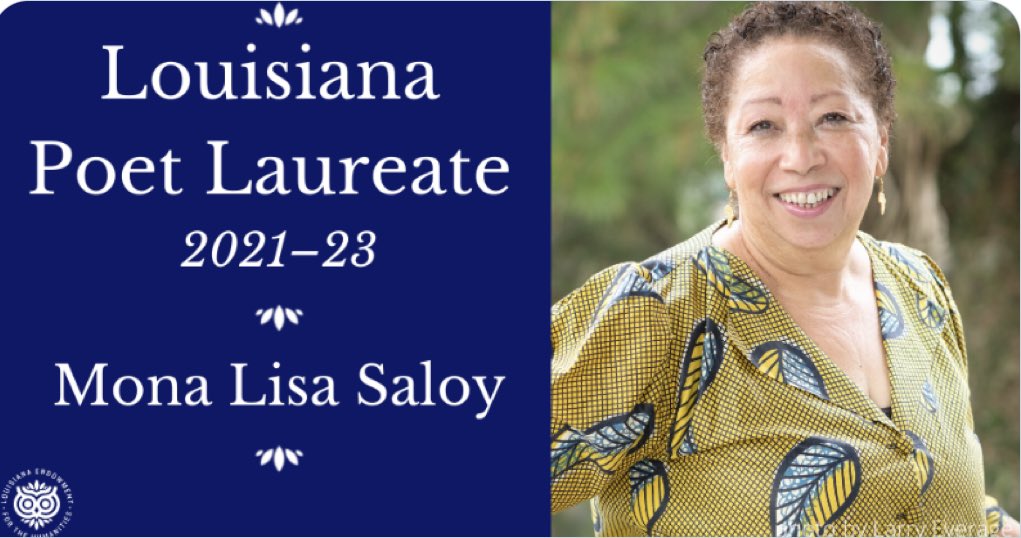
Interviewer:
You are both “a poet,” and also an instructor, a professor, one of whose specialties is poetry. Do you see them as related, and do you prefer one or the other?
Mona Lisa Saloy:
I prefer both. I think poetry has been a part of me all my life and picked me early. Later throughout my life I kept studying and writing, especially after I heard Black poets. Of course, coming up–the end of the Jim Crow generation–our literature was not taught. I was on the West Coast when I heard young writers who introduced me to the voices of Sonia Sanchez and Don L. Lee (who became Haki Madhubuti), and LeRoi Jones (who became Amiri Baraka), Ishmael Reed.
I hadn’t heard my voice (Black Southern) and then the New Orleans voice was missing for me, so my West Coast period just pushed me, urged me to study more.
I became an educator because of the writers who mentored me. Their generation didn’t need a college degree. My Papa, who was born enslaved in Alabama and walked to New Orleans to be free, lived to be 110. When he passed, the library filled that void for me, My maternal grandfather.
He used to hold court on the front porch. I thought he was just a good liar because he could tell some stories, and he was a baptist minister. He co-founded Mount Zion Baptist Church, on N. Robertson, which was still there until the storm. He couldn’t read and write. He signed his name with an X but he knew the Bible by heart. People used to come and just listen to him. He did the dozens. He knew everybody. He watched history unfold. People would come and ask him things because he lived a long time. But I had to go to college to learn that a lot of the stories he passed on to us were from the oral tradition. They were passed on by word of mouth, face to face, generation to generation, which is the definition of folklore.
Then when I found folklore through writers like Zora Neale Hurston, I realized that that’s just who we are. We were keeping our African selves intact, from the food ways, to the masking, to our word smithing. We have so much culture, and of course, more of our ancestors were sold from New Orleans than any other city in the nation, so we kept our African-ness, from Congo Square where we were allowed to meet publicly on Sunday after worship. We weren’t just there masking, and dancing, and parading–although we did a whole lot of that–and drumming, but we kept our Black selves intact. Also, I have a very musical family. I sing in the gospel choir at church, and that too is very much a part of us.
I loved coming up with both traditions, certainly we’re the oldest Black Catholic community here in New Orleans–and again, we were made to be Christian. That was sanctioned by the Catholic church. I had that and the Baptist tradition in my family.
I loved going to the Baptist church. They feed you after church. Because my Papa was the minister, we helped to clean up and I got to eat. It was funny. We got to hear both services coming up, and especially when someone passed, or there was a wedding, or something. I had both storytelling traditions in my family, plus I had the influence of my Papa and my dad who loved to read. He made me look stuff up any time I didn’t know it. He gave me an early love for books and research. I’m just thankful to have been born and raised here, and have a connection to my ancestors that is very direct.
And I was an old people’s child too. My parents were born right after the turn of the 20th century. They thought they were long done when I came, so I had the advantage of all the mistakes my siblings made, and the love of my parents, and still had a connection with my ancestors who were very, very much a part of my life.
For example, even my most elder brother. He was over 90 and he was my mother’s son, she had him as a teenager. That whole family thing always fed me and sustains me, so I’m very thankful for that.
Interviewer:
When you said, “Both traditions,” what did you mean?
Mona Lisa Saloy:
Well, education. The fact that I met writers. At the time, I didn’t really know what my upbringing was. There I was trying to become myself… I have to back up a bit. My sister made me go to college. My dad didn’t want me to have a college education even though he loved reading and writing, and was the writer in the family. He had published a poem in World War II in an Army magazine. He told me I wasn’t the only writer in the family, but more than that, he wrote letters for people who couldn’t write, who were illiterate, who needed an eulogy composed for a funeral, or who needed a letter to get social security, or who needed to contact family when someone passed away.
People came to him, and he did that for everybody in the neighborhood in addition to being a master carpenter and it was always coup des mains, all hands together. Nobody paid anybody for anything. They just did it.
When I was at LSU and I came home to return to New Orleans after graduate school, I would visit every chance I’d get, anyway, my dad’s health went down, and a lot of stuff happened. I literally was the caregiver for my father for the last decade and a half of his life. That was a great joy for me. It was a lot of responsibility but I was the one who didn’t have children, who wasn’t married at the time, and being there, I had to take that on, so I understood more of what I missed in the time I was on the West Coast growing up as a poet.
Now, the other tradition of becoming an educator–again, my mentors encouraged me to finish my education so that I could be there for the young voices coming through. I remember Ishmael Reed telling me they didn’t have to do that, but I did. I needed to finish school. Actually, he told me that when we were in Paris at the Sorbonne, at the first African Americans in Europe Conference. I was there researching Bob Kaufman’s work–they didn’t have much then actually. I had captured more than they had at the time, but it was interesting, and it was an honor to be there at that moment with all those great black writers. I considered myself fortunate even though I had already started teaching at Dillard, and I had a couple of degrees behind me, and was working towards finishing the doctorate.
That experience was more to allow me the stability, the economic stability to continue my study. I needed access to research, and I was able to get funding for travel and things like that. My mentors: Charles Johnson, Colleen McElroy in Seattle–in addition to the people I met at San Francisco State–they showed me a way, as a young Black writer to make a living, to keep studying, to keep writing. [At LSU, Rodger Kamanetz, Vance Bourjailey too.]
For me, it was always our culture, our ancestors, and being there to document and capture, to speak for those who couldn’t so that we don’t lose our stories. That’s always been my push and my goal. It’s never been about fame. Education allowed me to pass on what I was learning and help another generation, but also to sustain myself, and to study continuously, and to research, write, and travel.
Interviewer:
Okay. So that’s the two traditions. One, writing in the sense that writing was recording and passing on, not necessarily doing a book. That’s included but that’s not what was necessary in terms of writing.
The other part of the tradition was education, as both your profession, which enabled you not only to sustain yourself economically, but also enabled you to pursue the interests that you had in folklore, the interest you had in the traditions that were part of our community.
Plus there was a third interest. If Bob Kaufman is a ghost, you are the sheet that covers his poems so that we can at least see who he was. When I say the sheet that covers his poem, I’m talking about Casper the friendly ghost. You never see Casper. You see that sheet moving around. And early on, you became someone who was interested in Bob Kaufman because Bob Kaufman came from New Orleans, but more than just came from New Orleans, you wanted to delve into who the family was, and so forth, and so on, and a lot of people don’t realize that Bob Kaufman was from New Orleans, nor do they realize that in his young adulthood, he was an union organizer and a merchant marine who sailed the seas…
Mona Lisa Saloy:
That’s right.
Interviewer:
… and therefore, saw the world. And when people, “Came to him,” recognizing him during the so-called beat generation, which he’s sometimes credited as coming up with the term, “beat”; but anyway, during that beat generation, his identity became as a poet in that generation and his work as a union organizer was not recognized. His heritage coming out of New Orleans was not recognized, partly because of his last name: Kaufman. The Kaufman part came from his father. What inspired you to research Bob Kaufman?
Mona Lisa Saloy:
I loved his work, number one, and when I read it, I heard the south in him. A lot of people missed it. And I’d say, “Wait a minute. Wait a minute. I know the brother’s “beat” and they credit him with coining the word, “beatnik,” even though a journalist at the San Francisco Chronicle was given credit for it. But most people who knew him, his entire enclave from Allen Ginsberg and that group of writers, they said, “No, Bob coined that word: “Beatnik”. They admired him, and certainly you and I both know, as lovers and appreciators of jazz that the beat talk was an appropriation of Black lingo from jazz musicians and hipsters, and Bob certainly used that too because that’s part of the culture. I heard the New Orleans in him. He’s got many poems that articulate the south and are a tribute to his upbringing from swamps of New Orleans.
So I was curious and I wanted the New Orleans part to be recognized. I met the brother when I was a poet in San Francisco at the African American Historical and Cultural Society. There was Devorah Major–she was Reggie Major’s daughter, who wrote Panther is a Black Cat. She was a poet in residence, and I became a poet residence later. We had Black writers workshops. Peter Harris was part of that, the Jamaican-American poet, Opal Palmer Adisa, and we all became connected. We had a Black Arts West portion in the Northwest in Seattle with Colleen McElroy, then San Francisco and the Bay Area.
Charles Johnson, and others who… and some died. Oh, my God, we lost many: Elluage Anthony–poet; Mary Snow–fiction. They were great writers. They passed away too young, We were striving to represent, to do our best. We were studying. We were encouraging one another and so these great writers would come because of grants. Matter of fact, a sister who was Monica Scott—Executive Director there then… She’s Monica Scott Green now. Monica and I worked together, would raise funds, and we ended up doing that together promoting young writers. I learned all that stuff at that time, and Bob came…
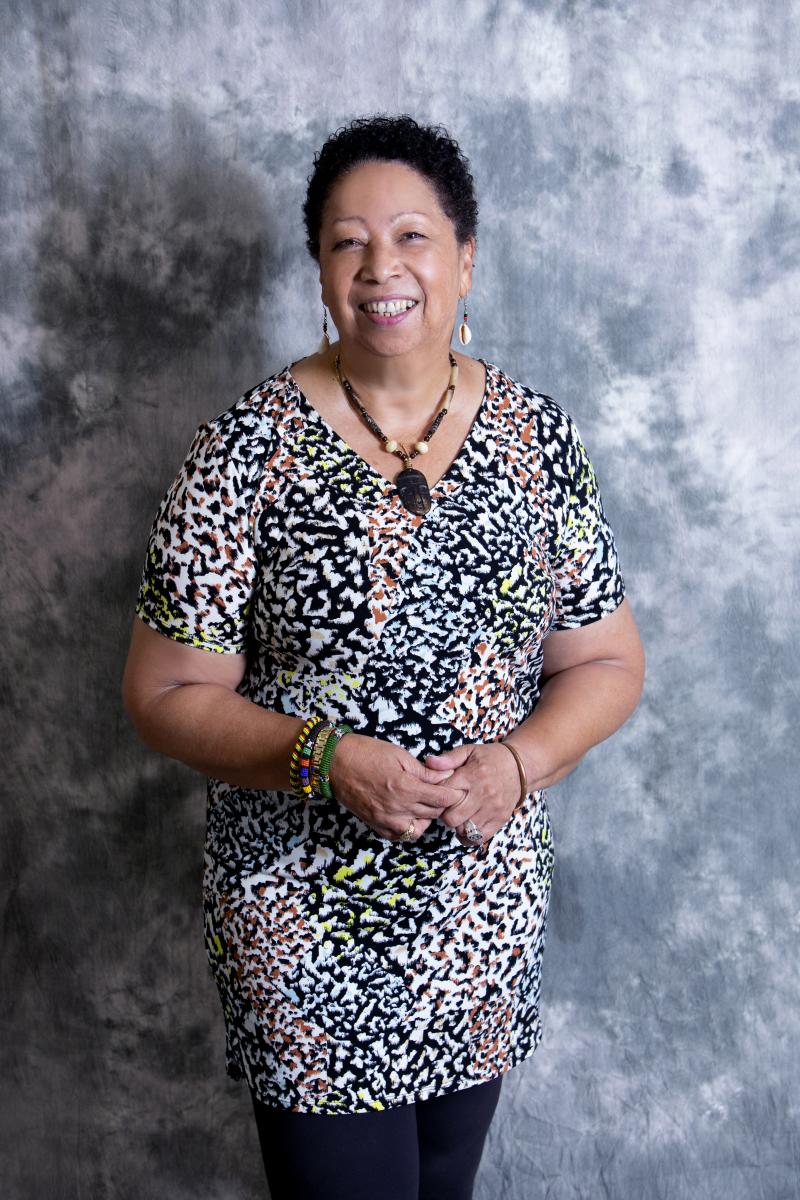
Interviewer:
When you say, “Learned all that stuff,” what do you mean?
Mona Lisa Saloy:
Grant writing, fundraising for the community, for writer’s workshops, for children to buy books, to pay artists to do stuff, that kind of work. And I was actually trained at the Grantsmanship Center, and that was through another job. I used to write grants for the Huckleberry House, which was a series of residential homes for runaways, and Arnold X.C. Perkins was the director, him and Bryan. They sent me for training, so I used to work for them while I was in graduate school because I had to have a day job, but at the same time I was always at the African American Historical and Cultural Center in the Filmore (the Film). It was just a wonderful experience.
I did my undergraduate degree in Seattle, and that’s where I married young–too young. Again, my sister made me go to college, so I went and I just liked to study. I really wasn’t going for anything in particular. I went part time for a while. I was working at the phone company and I learned they would pay your tuition. I said, “Oh, it’s free and I can study? Oh, Lord, I’ve died and gone to heaven. And then because I had been a swimmer in Hardin Park, I had a job at the YMCA as a lifeguard and because of them, I demonstrated swimming all over the state and and met the guy who became my husband. He too was a swimmer. I also taught yoga. things like that.
I didn’t know what I wanted to do. I was making a living but we married, and six months after we married, we had a car accident and I lost my memory. I literally broke my pelvis in half, and had a hole in my lung. This is why we have seatbelts now that go across your shoulder. Remember, the steering wheel used to be closer, in your face and now they’re more distant. That steering rod went through my chest, so I had a weakened lung. I’m healthy now by the Grace of God.
My family now tells me that I wrote even when I was a kid, but I lost my memory for a couple of years. The brother–my husband at the time– didn’t tell me who I was. He didn’t tell my family, so I lost touch with everybody. In the accident, the car rolled over three times and fell 30 feet down an embankment onto the next interstate. I could’ve died then at 21. We’d only been married six months. The person who came out of that whole experience is who I am now.
I remembered that I was married but I didn’t remember my husband; then, the doctor encouraged me to write, to keep a journal. I couldn’t sit down for a few years. I had to either lay down or stand up straight, which wasn’t easy. The first year I was flat on my back, and I didn’t know who I was. I literally had no memory. I had a bad concussion.
My husband was in school. I was working. He was going to school because he wanted to be a lawyer. We were living in student housing at the University of Washington. Next door was a coffee shop. That’s where I heard Mary Snow and Elluage Anthony, who was actually from Cleveland. Mary was from the Northwest. There were other young writers. They were the ones who were reading the Black poets. I would hold my pillow, and stand up, and listen. There was an elevator, so I could make my way up to the third floor where we were living.
I was there every time they had readings, and they would say, “You are here all the time. Who are you?” We just started talking. They said, “You talk like a writer.” I said, “What is that?” I literally was becoming myself, and they turned me on to those great Black writers. We’re talking 1971 into ’72.
It was an explosive time. I had my journal full of stuff, so they took me to their teacher who was Colleen McElroy. I remember that first meeting with her. She was already a professor at the University of Washington. She was from Saint Louis, came from another river town, another great tradition. Her father had been in the military and they’d lived all over the world. He had worked for the Ambassador Corps, I think, and oh, my God, she was a storyteller bar none.
Colleen looked at my journal. She listened to me. She said, “Let me show you what to do with this.” And it was on from then. I never looked back and that community we had, it was Black Arts West. We had Black writers workshops there. I met great writers from all over and she taught me how to send my work out. I’d type those poems up and send them to a magazine. She said, “And soon as you get them back rejected, send them out again. Change the envelope. Change the title. Write another letter and send it out.”
She showed me how to become what we call a writer now because I had no clue. I was putting one foot in front of the other, becoming myself, and I had left my husband because, again, I remember I was writing, and, for years, I could only stand up. I got a little job at a copy center in the university hospital, and this sweet White woman–I don’t even remember her name–she gave me a typewriter. She said, “You need to type this stuff up. It’s good.”
The typewriter was small, like a briefcase. I could carry it with me. Oh, man, I was typing and writing everything. I was joining the young writers at the workshops and the readings. We were just being beautifully Black, and strong, and trying out everything.
When my husband threw that typewriter down three flights of stairs, that was it. I said, “Bro, it’s time to go.” He threw the typewriter down three flights of stairs because he did not want me to become a writer. That’s when I changed. I became the me I am now.
That naive girl who was just a swimmer with no ambition and working full time to support his behind, and him who didn’t even tell my family that I had an accident and lost my memory. . . I had a sister and a brother right there in the city. They didn’t know what happened to me. My dad did not know. I lost my mother when I was a teenager, and apparently I wrote through that but I don’t remember. I don’t remember. I remember the loss and I remember shifting gears, and starting out at (Xavier) Prep, and finishing at Joseph S. Clark, and that was a big shift, and a wonderful one for me, but…
Interviewer:
Just to be clear for people not from New Orleans, Xavier Preparatory was a high school. Joseph S. Clark was also a high school but Clark was located very close to you.
Mona Lisa Saloy:
Yeah. I could walk there.
Interviewer:
Prep was located way uptown.
Mona Lisa Saloy:
Way, way uptown. Took three buses. Just catching the bus was an adventure. Fortunately, by the time I got to Clark, there were coaches who remembered me as a swimmer, and so I had an immediate community because people from Hardin park had gone there, and they’d known my brother or something because he played ball. So it was just welcoming, and my classmates and I are still close.
Interviewer:
Hardin Park was a square located in the Seventh Ward but it also had a pool.
Mona Lisa Saloy:
Yeah, and I’m a medaled swimmer from there. I didn’t just swim. We had water shows like Esther Williams except we swam to Smokey Robinson and to the Temptations. We had hip water shows and today, people in that neighborhood know me as the swimmer. They know me as the little girl from Hardin Park, and so that is a great joy.

Interviewer:
That must have been an incredibly creative moment.
Mona Lisa Saloy:
It was. It was and I just went for it. I was apparently telling stories about New Orleans, and they said, “You talk like a writer,” and again, I said, “What’s that?” They urged me to share my stories. Even before I knew what poetry was, I was telling New Orleans’ stories. I remembered Marie Laveau. I remember hearing that and washing the steps with lye to ward off evil spirits. How to cook certain things. That storytelling tradition made us who we are. Slowly, slowly, my family, my Papa, my mom, my dad, those things came alive. I remember calling my sister. I don’t even know how I found her number, and this was before cell phones. She said, “Where are you? Where have you been?” And when I told her, she couldn’t believe it. She was so angry but so happy, and I think we just cried. I think we cried for days.
Interviewer:
Just remembering that rebirth. So people reading Red Beans and Ricely Yours have no way of knowing all the history that is part of getting to Red Beans?
Mona Lisa Saloy:
Yeah, I think when I grow up, I’ll write my memoir.
Interviewer:
If you ever grow up.
Mona Lisa Saloy:
Yeah ya right!
Interviewer:
The idea for Peter Pan probably came from New Orleans people. You’ve got people who are 80-something years old acting like they just graduated from high school.
Mona Lisa Saloy:
That’s right. That’s right. La joie de vivre (the joy of life) ain’t no joke with us, baby. “We has it,” Amiri Baraka says. We has it. Joy of life, and that’s from our people handed down. We know how to live in the moment and I’m so thankful for that.
Interviewer:
Part of your tradition was you were reared to be mainstream, educated to be mainstream, but at the same time, you had an oral tradition, which put you in touch with your community tradition. For want of a better term, I’ll call it the Black river tradition, as opposed to the mainstream tradition. And so as a swimmer, you were comfortable in both waters. You could swim in the mainstream, but you could also swim in the Black river.
Mona Lisa Saloy:
Yeah, I had to. That’s who I am.
Interviewer:
When you say that’s who you are, you’re saying more than what some people today call code switching. You’re actually talking about lived experiences, rather than just being able to talk a certain way. And that’s a blessing, but it was a hard blessing, one that almost killed you.
Mona Lisa Saloy:
Truly. And when I was in undergraduate school at University of Washington, my professor from West Africa, Simon Mpondu–he was from Senegal, I think. I’m pretty sure. When I studied African literature, I thought I had died and gone to heaven. When I found African literature, my heart just jumped out of my chest and that’s when I learned that those stories Papa was telling were ours from our mother-father land. That was so precious to me. I never stopped studying. My professor was a PhD. Oh, my God, he knew. He knew the European stuff. He knew Black-American stuff. He knew White-American stuff. He knew Caribbean literature, South American Black literature. It was so impressive. I said, “Oh, Lord. I got to do a lot of catch up.”
Interviewer:
So when you say he had a PhD, do you mean in terms of his knowledge or do you mean in terms of his accreditation?
Mona Lisa Saloy:
Both. He had both. He just knew stuff. It was wonderful. I was blessed to have these guides along the way. It’s only God, really just to put me in the right place at the right time in spite of the hardships. All of that enabled my becoming. I just aspired to be the best storyteller that I could be, and poetry was, I guess, my main way because it was always there for me. I do short fiction. I do essays. I do plays even. I’ve done a couple of film screenplays. I’ve even taught screenwriting. One of my students and his kids have won first prize in the state in screenplays. I’m proud of that. The heart of me and my work is in our culture and the truth to being the wordsmith that God has put me here to be.
God sent me to be here. And I must be true to that.
Interviewer:
That’s an interesting concept because the concept is two fold. One, you’re going to be true to whatever it is you are. But two, you’re going to consciously shape who you are based on choosing to swim in the Black river.
Mona Lisa Saloy:
Yes. Most definitely. That is my foundation. That is my anchor with a long, long rope. That is mine.
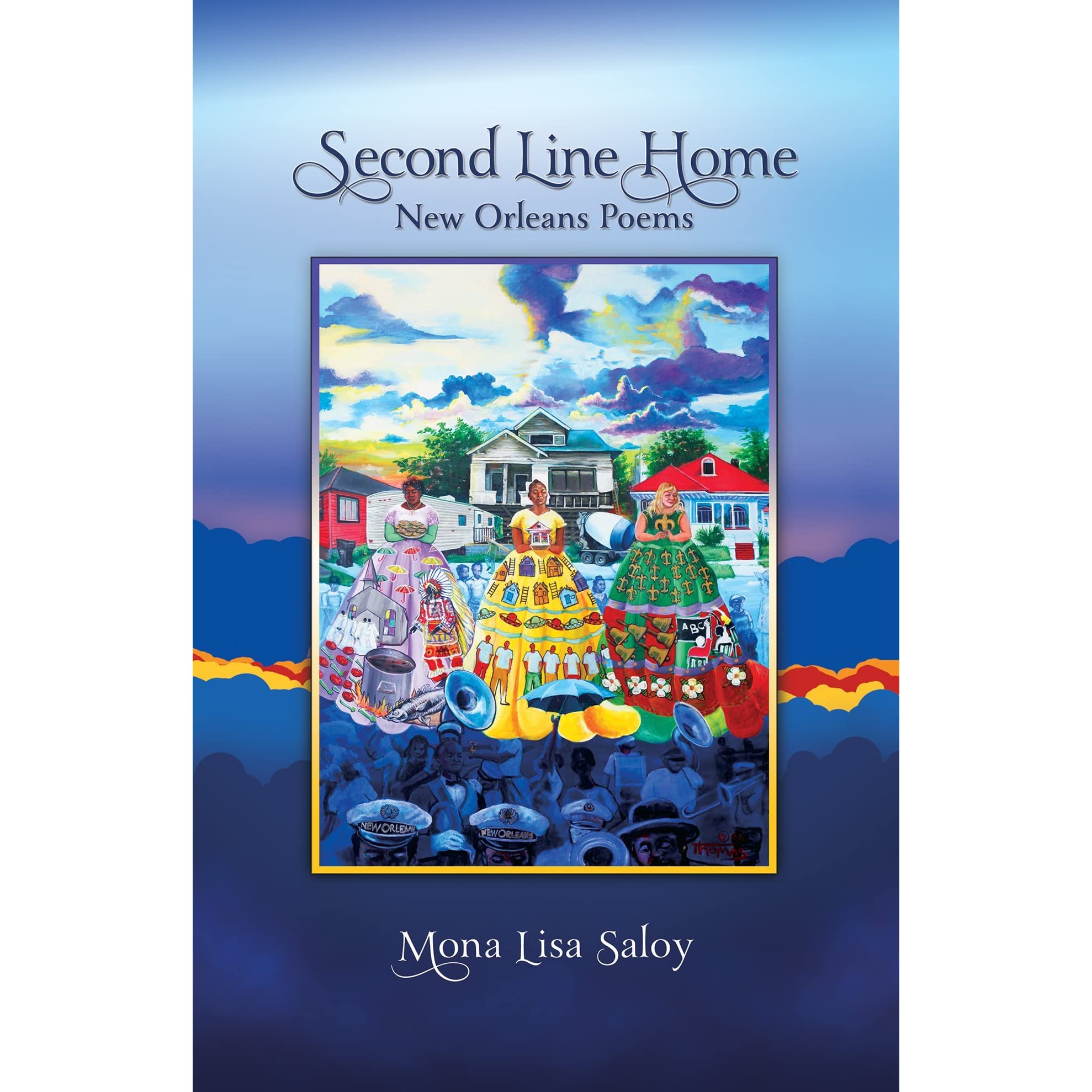
Interviewer:
I think it’s important because when it’s announced that you are the new Louisiana poet laureate, the assumption is that you are a Louisiana poet without the understanding that you come out of a tradition, a dual tradition, the Black river and the mainstream. It’s important to know the mainstream and all the things that precede that, but it’s critical if you want to be a creative writer to know from whence you came, which is the Black tradition.
Mona Lisa Saloy:
Yes and once people experience my work, they’ll know that without a doubt.
Interviewer:
When they say poet laureate of Louisiana, the emphasis is not on Louisiana. The emphasis is not even on poet, nor laureate. The emphasis is on carrying on the tradition, and the tradition includes both the Black river and mainstream.
Mona Lisa Saloy:
Yes, most definitely.
Interviewer:
Through your work at Dillard University you have been a master educator. How do you see yourself as an educator?
Mona Lisa Saloy:
To open people’s eyes, and ears, and hearts, and souls. To pass on the responsibility of the truth. To encourage students to always learn and enjoy the journey of learning. To educate themselves first. Then to share it with their families, and then their community. That’s the African world view. Family and community, but they have to build themselves. I forget which teacher said it but you have to get in the overclass before you can help the underclass.
You’ve got to make a living. You’ve got to have some skills, because college is not for everybody, but you’ve got to do something. We are not a lazy people, contrary to popular opinion.
Same thing in my neighborhood, I’ve rebuilt my family home, and there’s not a day that passes that somebody doesn’t say, “You didn’t give up.” I say, “What do you mean, give up? That’s not in my DNA. Where you coming from with the give up?” They saw my house half-built for eight years. That ain’t nothing compared to what our ancestors went through. But God took me to it and through it. I am so thankful.
I try to encourage. An educator has to encourage generations to pursue their dreams, to make a difference for themselves, and then their families, and then their community.
Interviewer:
Yeah, the way I would say it is that all of us have circumstances and the circumstances can either limit us or be the occasion where we enlarge ourselves. We have to overcome. You could either drown or swim. It’s up to you. But for sure, the water is coming.
Mona Lisa Saloy:
Heeeeeyyyy.
Interviewer:
You’re in the water. Are you going to drown or are you going to swim? And what you have said makes me think of something that I heard when I was a youngster coming up about Shine and the Titanic, Shine says, “Get your ass in the water and swim like me.”
Mona Lisa Saloy:
Like me, yep. Yes indeed.
Interviewer:
And that’s our tradition.
Mona Lisa Saloy:
Yes.
Interviewer:
You’re not going to always be on land. You’re not going to always be on a boat or a ship, or whatever. Sometimes you’ve got to get your ass in the water and swim. And we appreciate what you’re doing, and let’s keep on swimming.
Mona Lisa Saloy:
Hey. Yeah, you’re right. Thank you. Thank you.
